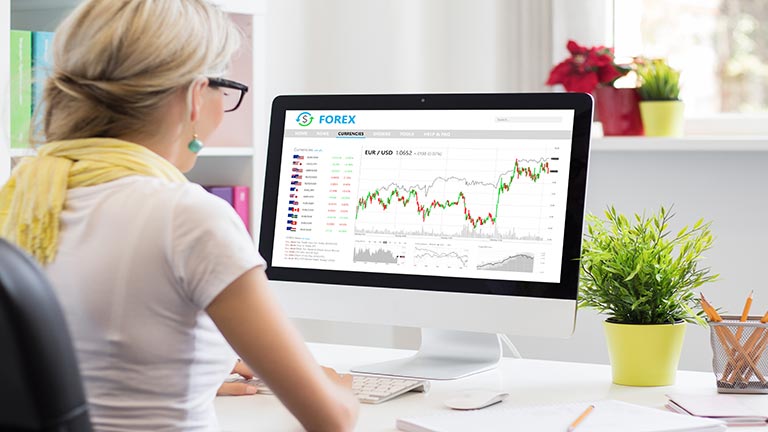AGL to Increase Gas and Electricity Prices

By Dale Gillham and Fil Tortevski
The Albanese government and the RBA might be busy patting themselves on the back over a 0.25 per cent rate cut. But while borrowers cheer, energy giant AGL just sent a very different message: brace yourself, because electricity and gas prices are heading north.
AGL’s latest results were a shocker for the market. Management warned that FY26 profits will come in lower than expected, between $500 million and $700 million, well shy of consensus forecasts. The reaction was a brutal 13 per cent sell-off, which was the steepest single-day fall since 2007. On paper, that sounds grim, but here’s where I think the market has completely overreacted.
How investors can take advantage of AGL’s power spike
Let’s remember what AGL really is: Australia’s largest electricity generator and retailer. They control the levers that set your power bill. And while wholesale electricity prices have eased, their operating and financing costs are climbing. Right now, they’re absorbing some of that pain, but if they decide to pass it on to customers, it can happen with the flick of a switch…literally.
That’s bad news for households, but for investors, this is where opportunity often hides. After the sell-off, AGL is now trading at a price-to-earnings ratio that makes it look cheap compared to both its own history and the broader market. Even better, it’s offering a fully franked dividend yield north of 6 per cent. In a world where term deposits barely scratch the surface, that’s a very respectable income stream, especially from a company with a stranglehold on such an essential service.
Why AGL could be good for your investment portfolio
Technically, the stock has fallen back to around the $9 mark, a level of support that dates all the way back to March 2008. Historically, this has been a launch pad for major recoveries in its share price. While nothing is ever guaranteed in markets, when you combine strong support with solid fundamentals and a defensive business model, you’ve got the makings of a compelling value play.
Of course, AGL isn’t going anywhere. The lights don’t stay on in Australia without them. And that’s the irony: what’s bad for your household budget could actually be good for your investment portfolio.
In my view, this sell-off wasn’t warranted. For anyone looking to add a reliable, income-generating stock to their portfolio, this is the kind of setup you wait for. You just have to be willing to buy when everyone else is panicking, and right now, that’s exactly what’s happening with AGL.
What are the best and worst-performing sectors last week?
The best-performing sectors included Materials, up 3.65 per cent followed by Consumer Staples, up 2.45 per cent and Health Care, up 2.41 per cent. The worst performing sectors included Information Technology, down 1.44 per cent followed by Consumer Discretionary, up 0.22 per cent and Energy, up 0.69 per cent.
The best performing stocks in the ASX top 100 included Light & Wonder, up 16.23 per cent followed by Lynas Rare Earths, up 14.82 per cent and Life360, up 14.32 per cent. The worst-performing stocks included AGL Energy, down 13.85 per cent followed by SGH Limited, down 8.74 per cent and Block Inc, down 7.81 per cent.
What's next for the Australian stock market?
The market’s winning streak rolled on last week, adding another 1.4 per cent and extending what has become one of the sharpest rallies without a meaningful pullback since the surge off the 2018 lows. Back then, prices didn’t pause until they were about 7 per cent above the previous all-time high. Today, the All Ordinaries is only just over 3 per cent above its last peak, suggesting there may still be gas in the tank.
In 2018, the rally gained 27 per cent from its low before taking a breather. This year, from the April 2025 low, we’re already up 24 per cent. If history repeats, that projects an upside target somewhere in the 9,300–9,500 range. It’s within reach, but the question is whether it’s probable.
This run has been steep, and it’s happening against a backdrop of global uncertainty, particularly around China, our largest trading partner. With the 9,200 level now coming into view, the next 300 points could be the “last easy money” before a pullback. Even a modest 7 per cent correction from the highs would be normal in a market like this.
As the reporting season draws to a close, it’s a good moment to reassess both the risks and the upside in individual positions. Tailwinds remain for certain sectors, but the first signs of market-wide headwinds are beginning to stir. This isn’t a call for an imminent sell-off, but it is a call for patience, and for being positioned so that when the next wave of opportunity breaks, you’re ready to ride it.
For now, good luck and good trading.
Dale Gillham is the Chief Analyst at Wealth Within and the international bestselling author of How to Beat the Managed Funds by 20%. He is also the author of the bestselling and award-winning book Accelerate Your Wealth—It’s Your Money, Your Choice, which is available in all good bookstores and online.






